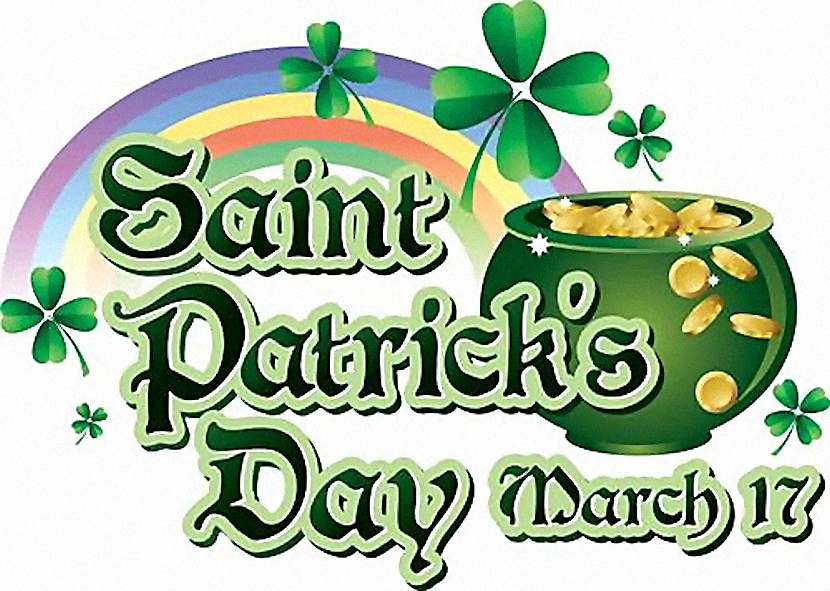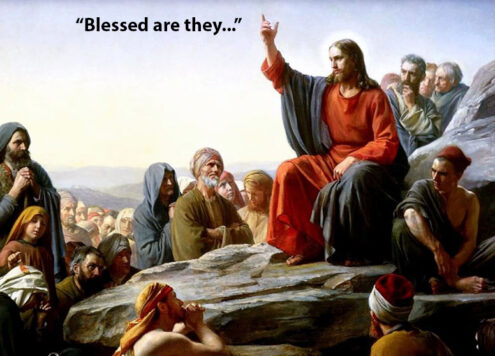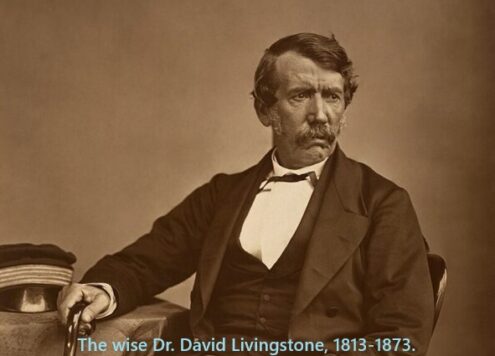March 16, 2019
Why is the shamrock one of the national symbols of Ireland? This is a commonly asked question. Legend has it that St. Patrick used it to describe the mystery of the Holy Trinity to the pagan Irish. Just as a three-leafed shamrock has but one stem, St. Patrick explained that there are three persons rooted in the One God. This ancient explanation of the Holy Trinity, though not profoundly theological, appealed to the imagination of the nature-loving Irish people, and it has been adopted ever since as an enduring national symbol.
St. Patrick was born in the late fourth century in, perhaps, Brittany, in Northern France. Some scholars maintain that he was born in England. He was captured by Irish pirates at the age of fifteen and was forced to work as a slave in Ireland. He later escaped to France, studied for the priesthood and returned to Ireland as an apostle to the Irish. He wrote a book which he called his Confessions and, in it, he tells his remarkable story.
St. Patrick had extraordinary success as the apostle to the Irish. In his lifetime, the entire country was converted to Christianity. That was a unique achievement, second to none, in the history of Christianity. A century later, his spiritual descendants brought Christianity and classic learning back to Europe when it was plunged into the dark ages of chaos following the fall of the Roman Empire. Through the efforts of St. Patrick, Ireland became known as the ‘island of saints and scholars’. This remote, once-pagan land, was spared the ravages of the dark ages, and this enabled it to send missionaries and scholars back to Europe to re-christianize and re-civilize it. This remarkable phenomenon has been described brilliantly by Fahey in his book: ‘How the Irish saved western civilization.’
St. Patrick is revered for his humanity and spirituality which respected grace and nature. He was a firm believer that grace built on nature, not destroy it. Spring Water was regarded as a sacred commodity in Ireland, and public wells were treated with reverence throughout the land. St. Patrick honored this ancient, natural tradition, and he blessed the wells or christianized them so that they might be preserved in perpetuity. All over Ireland, in towns and villages, these sacred wells are to be seen as places where people visit to quench their thirst and to engage in quiet meditation. Like Christ, St. Patrick’s mission was, not to destroy but to fulfill.
St. Patrick also respected the language and ancient literature of the Irish people. Unlike many European cultures where ecclesiastical authorities, like the Taliban in the near East, sought to destroy the old customs and languages of the past, St. Patrick and his followers fought to preserve them, thus giving rise to the first vernacular literature in Europe. That literature and poetry has survived to this day, and has transformed and embellished English Literature through the writings of famous Irish poets, playwrights, and novelists.
St. Patrick’s Day is celebrated every March 17th, the day the saint is reputed to have died. This holiday began in Ireland. As the Irish spread out around the world, they brought the feast of St. Patrick with them wherever they went. It has come to be associated with everything Irish: fun loving, nature loving, people loving, anything green and gold, shamrocks and good luck and, of course, parades, plenty of them. It is interesting that St. Patrick is the only Saint who is celebrated worldwide by fun loving and decent people of any or no denomination. I was visiting Little Rock, Arkansas, some time ago during the month of March, when I was giving a mission at the Catholic Cathedral and, just by accident, I witnessed the most beautiful St. Patrick’s Day parade in Downtown Little Rock. The non-threatening appeal of St. Patrick for all peoples, Christian or non-Christian, is unique among Saints in the Church’s calendar. His appeal is universal because he connects with something deeply human in all of us, our common humanity and the need to enjoy a good time.
The first grand marshal of the St. Patrick’s Day parade in New York was America’s first President, George Washington. Although St. Patrick’s Day is celebrated in almost every city in the United Stats, and also in the White House in Washington, D C., it is in Savannah, Georgia, that St. Patrick’s Day is observed as a civic holiday. Why? As a tribute to the many brave Irishmen who gave their lives fighting for the Confederacy and the Union during the American Civil War.
Celebrating the memory of a saint is an old Christian custom. St. Patrick’s Day, however, is different from the usual memorial of a saint. It is a religious holiday; but it is also a fun day, a day of music and dancing which can be celebrated by all races, creeds, and nationalities worldwide.
Happy St. Patrick’s Day!
Fr. Hugh Duffy











9 Comments
Margaret Kelly
Thank you Father, very nice. I have been enjoying your blog
Scott Stadtmueller
Thank you, Father. As a late-bloomer myself, St. Patrick is my favorite saint– one I would surely love to meet in Heaven (Lord willing).
The book you cite is “How the Irish Saved Civilization” by Thomas Cahill. It”s a wonderful read, and should be on everyone’s bookshelf. It’s a fine example of deep historical scholarship in a fun and highly readable package. May God bless you-all.
Lois Bradley
Thank you Father Duffy I was hoping for a blog on St. Patrick from you. Have sent it on to my brothers and sisters. I really enjoyed the music video.
Tom Blair
That is great info. Reminds me of the fun we used to have with our parades in Okeechobee , happy saint Patrick’s Day to you……Tom
Hugh Duffy
Thank you, Tom. How well I remember those parades, and the float you designed of French-Canadian leprechauns. What fun!
Scott: I appreciate your correct reference to Thomas Cahill as the author of, “How the Irish saved Western civilization.”
Larry Taylor
And a Happy St. Patrick’s Day to you, Father from the Cathedral of St. Andrew in Little Rock! We look forward to a return visit soon. Erin Go Bragh.
Slainte!
Peggy & Larry Taylor
Hugh Duffy
Aha! Little Rock. You put on a swell St. Patrick’s Day parade. My regards, Peggy and Larry, to you and to all the folks there at St. Andrew’s. Say hello to Toni Snow also who volunteers there.
Rachel
Happy St-Patrick Day too Father Duffy,
Enjoyed very much reading your blog and listening your little video.
God bless you always,
Rachel & Robert (Canadian) in Okeechobee
Hugh Duffy
Thanks Rachel and Robert.